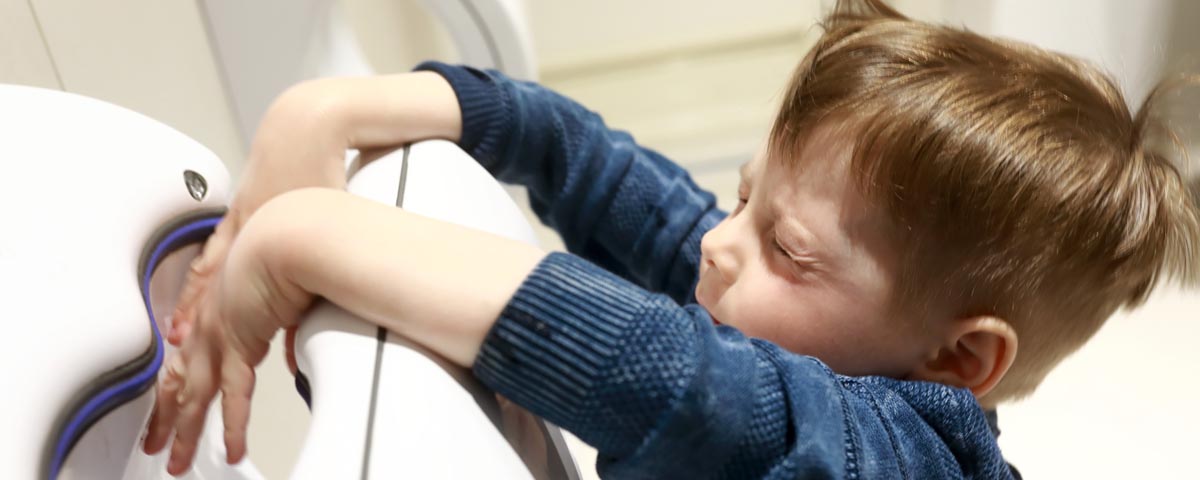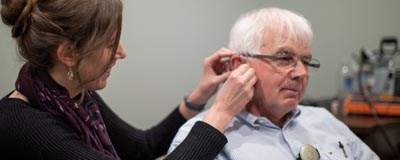High powered jet hand dryers started appearing in public restrooms in the late 2000’s. The days of standing in front of the hand dryer for what seemed like minutes were soon to be over as convenience and time efficiency was positively received. However, the noise associated with high powered jet dryers has caused quite the stir over the years. Especially for the younger generation. Next time you’re in a public restroom, you’ll likely see a small child with their hands over their ears. You may ask yourself, are they really that loud?
13 Year Old Scientist Publishes Paper
Earlier this year, 13 year old Calgary student Nora Keegan proved just that. Children who say hand dryers “hurt my ears” are correct. Her research paper has been published in Paediatrics & Child Health journal. Nora has been studying the issue since she was nine years old.
“In Grade 4, I noticed that my ears kind of hurt after the hand dryer,” Keegan told the Calgary Eyeopener. “And then later, at the start of Grade 5, I also noticed that my ears were hurting after I used the hand dryer. So then I decided to test it to see if they were dangerous to hearing, and it turns out they are.”
Keegan used a decibel meter, and measured the noise at different heights and different distances from the wall. As a result, she determined that there are two models that are particularly harmful for children’s ears: the Dyson and XCelerator, which both operate at about 110 decibels which is comparable to a rock concert (list of safe noise levels). In comparison, no child toy can operate at more than 100 decibels.
Children have smaller ear canals and more sensitive follicles. And they tend to stand closer to the dryers because their bodies are smaller and their arms are shorter.
These are all things Keegan started documenting in a series of research projects.
Keegan has been working on creating a synthetic air filter to reduce noise. Her design goes over top of the hand dryer and absorbs the sound waves. By working with different materials, she has been able to reduce the noise by 11 decibels when testing her school’s hand dryers. As a result, Keegan’s synthetic air filter, which looks like a fuzzy handbag, absorbs the sound waves.
Adapted from CBC news: To read the full article please visit cbc.ca/nora-keegan-hand-dryers






